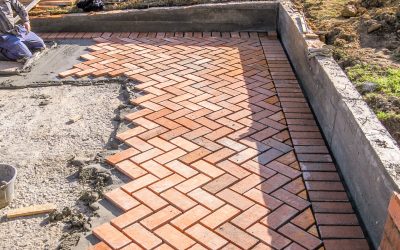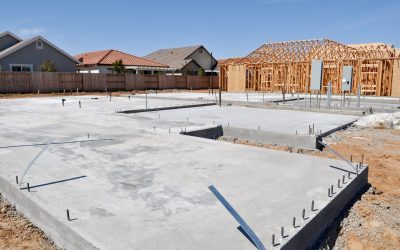Most construction projects involve some form of concrete. Whether a company is building a bridge, a building, a parking garage, or a dam, concrete will be a crucial factor in the construction. Each company must consider exactly what it is constructing and what the requirements of that project are, since concrete varies in composition and can be applied differently to different projects.
Cement Types
Many people use the terms ‘concrete’ and ‘cement’ interchangeably, but the words are not synonyms. Concrete is the product of multiple ingredients including cement. Cement is combined with sand, gravel or stone, and water to create concrete.
Cement comes in eight different types and each is used to produce a slightly different version of concrete. Type I cement is used for general purpose construction. Type II is used in environments that will be high in sulfate or are expected to get quite warm. There is also cement that gets strong very quickly, cement that is used specifically in dams, and cement that is more resistant to chemical erosion. There are also types that produce air-entrained concrete. Therefore, if a client needs cement in Watford or elsewhere around London, he should consider the type of concrete necessary for his project before ordering the material.
Concrete Delivery
One of the most popular and convenient ways to receive concrete is to order it ready mixed. Generally, ready mixed concrete is developed in a plant and then delivered to the construction site via a mixing truck. This method of delivery is convenient for clients but also offers some potential difficulties. Clients must first be able to precisely estimate the cubic meters of concrete their construction projects will require or risk overspending and producing excessive waste. Clients also have the added challenge of delivery issues; since the ingredients in the concrete are mixed at the plant, they are more susceptible to the effects of water and heat over the course of delivery than the ingredients would otherwise be individually. This method also makes the production of different types of concrete more expensive, since multiple trucks would be required for delivery. Newer technology allows for the ingredients in the concrete to be transported without being mixed. With this technology, the materials are more resistant to environmental effects in transit and can be safely transported longer distances. It also allows for a more agile production system; the perfect amount of concrete can be produced without waste, and more than one type of concrete can be produced within a single load.
Browse site for more information.



